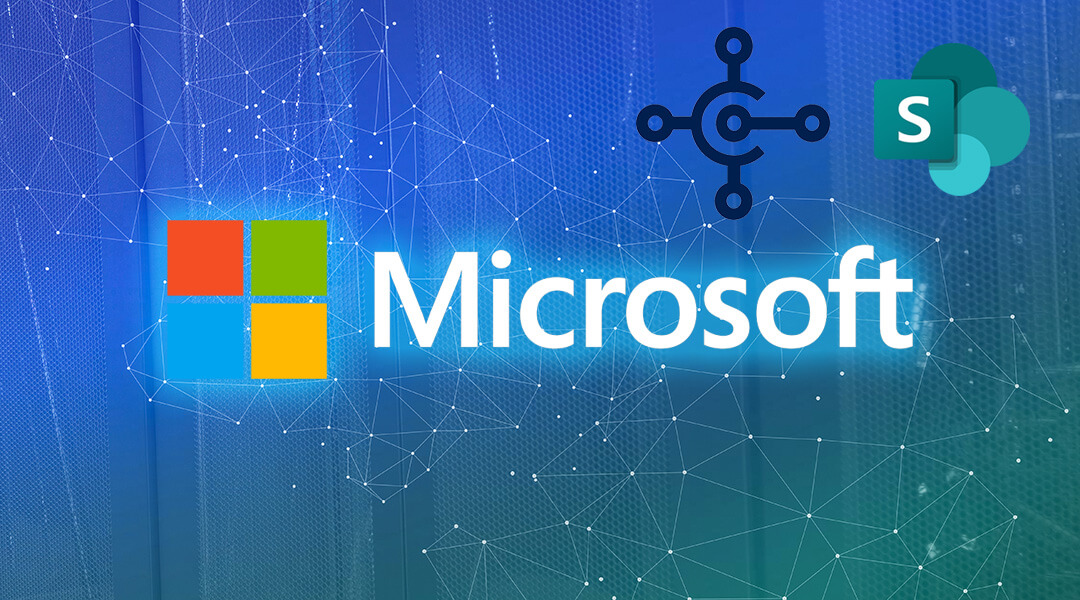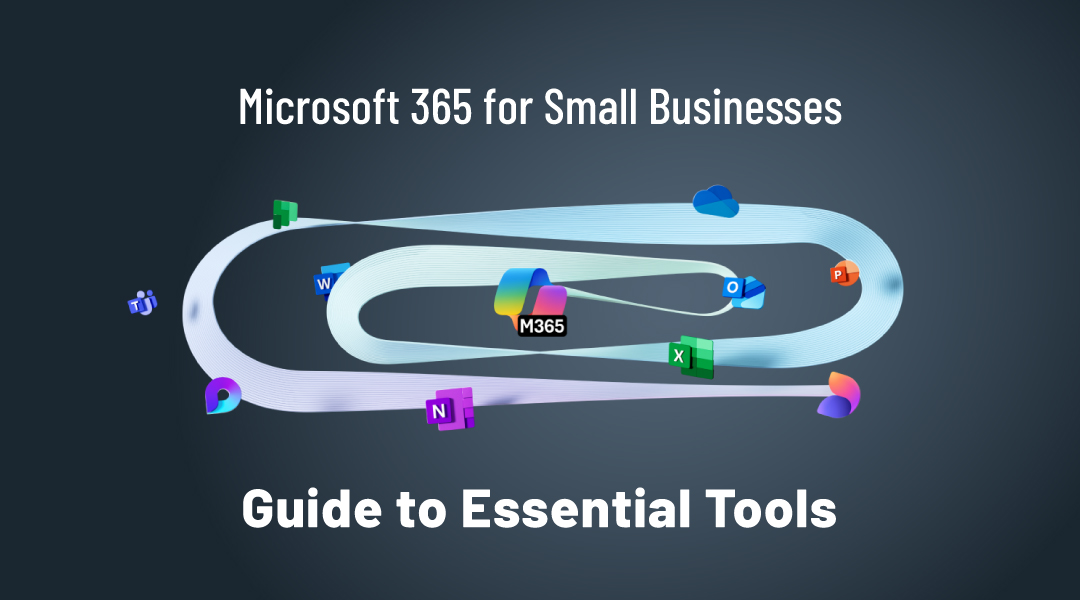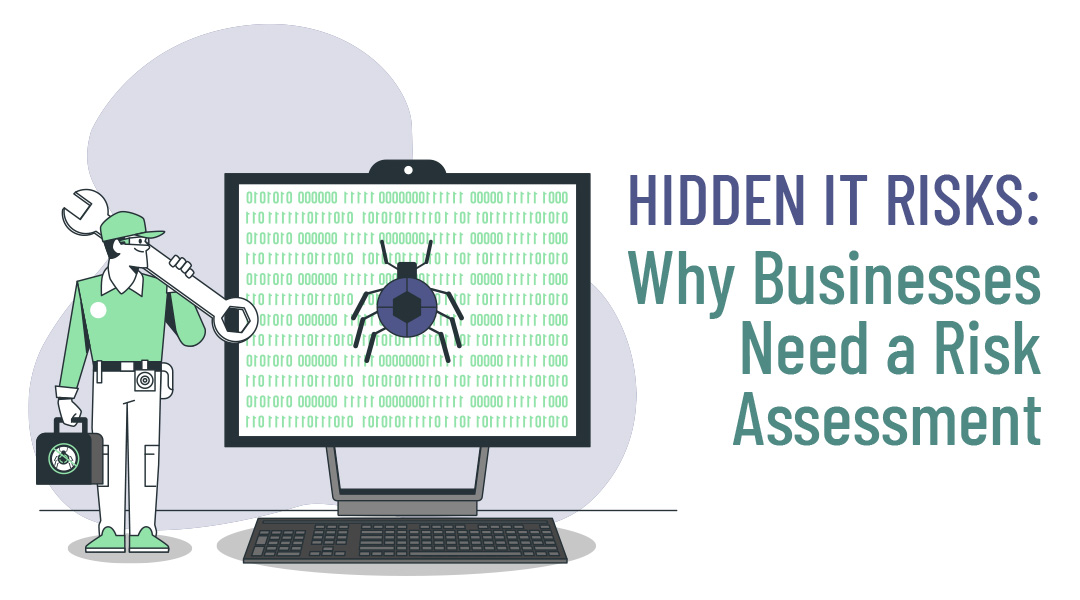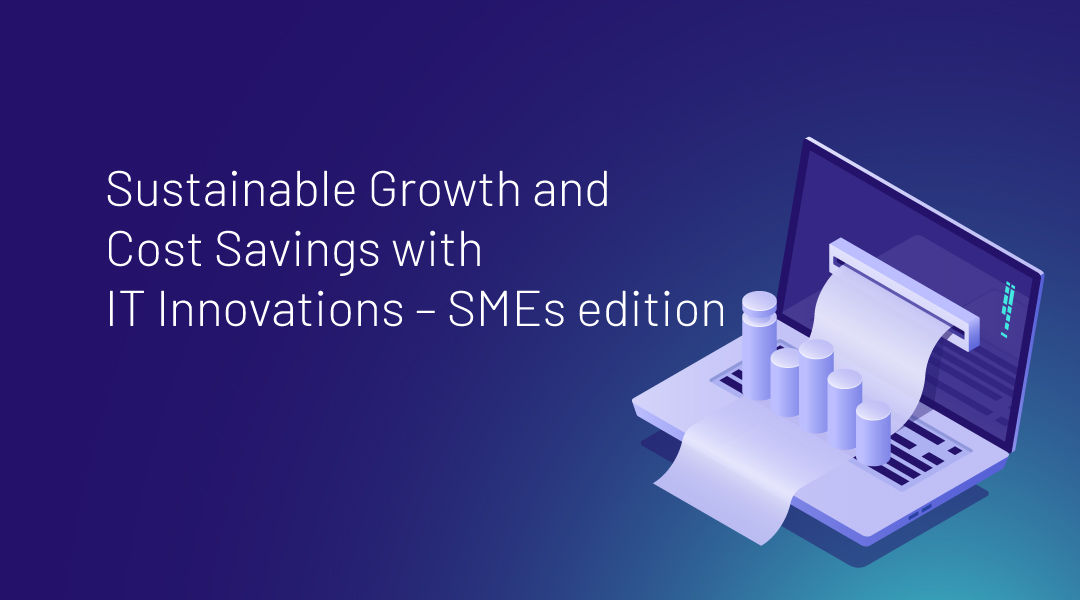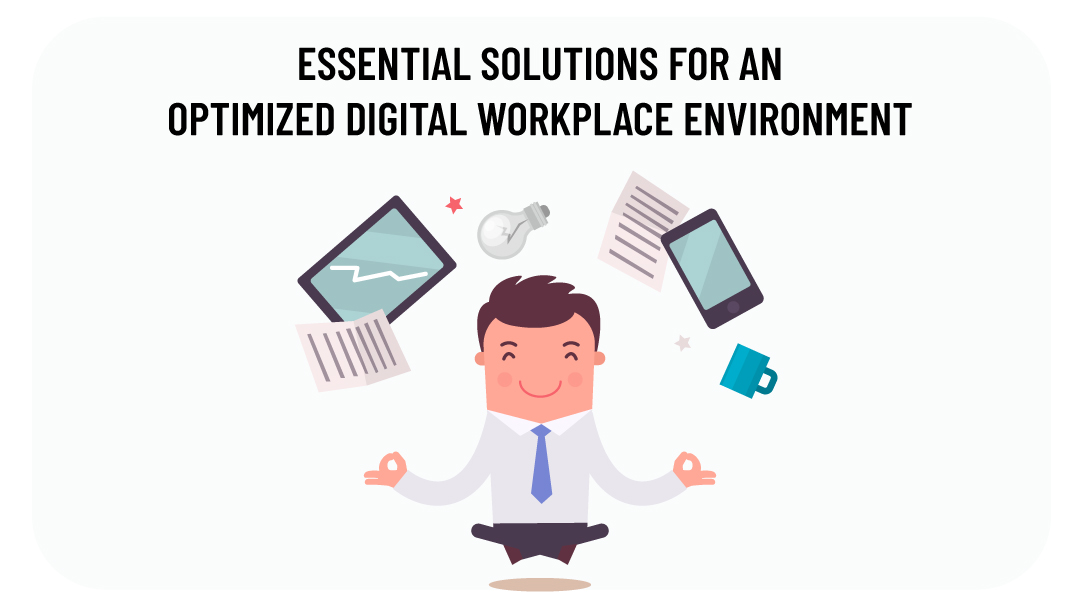We’ve been doing a lot of Dynamics 365 for Sales and Customer Engagement work for clients who are already using Dynamics NAV and Dynamics Business Central lately. Each of these applications provides some form of CRM functionality, but there is a lot of confusion about when the different solutions might make the most sense. Let’s try to make this more clearer to engaged users and the ones considering Dynamics 365 implmentation – Dynamics 365 CRM vs Business Central.
What is Microsoft Dynamics 365?
Dynamics 365 is a suite of business applications offered by Microsoft. These primarily include ERP applications and CRM applications. The naming conventions are a little confusing and have changed a lot, so users and vendors often shorten their names, such as:
• Dynamics 365 Business Central – Business Central
• Dynamics 365 for Sales – Dynamics CRM
• Dynamics 365 for Customer Engagement – Dynamics CRM
What is Dynamics 365 Business Central?
NAV and Business Central are both ERP (Enterprise Resource Planning) the latest Microsoft ERP system blog post applications. Each application is designed to handle everything from tracking prospects, to supplier management, order entry, to fulfillment and invoicing. But their strength is accounting processes.
NAV and Business Central are very similar. In fact, they are mostly considered to be the same application with NAV being the on-premise version and Business Central being the cloud version.
For now, let’s refer to these two applications as NAV (not entirely accurate, but it helps keep the descriptions concise).
What are Dynamics 365 for Sales and Customer Engagement?
Many licensing options are available for CRM (Customer Relationship Management) functionality within the Dynamics 365 suite. The two primary ones are:
• Dynamics 365 for Sales: This version contains most of the classic CRM functionality including a wide and deep set of capabilities for sales teams, and a modest set of functionality to also support customer care and marketing teams.
• Dynamics 365 for Customer Engagement: This version contains all of the above features, plus significantly expanded functionality for companies who have needs for field service and/or project management services. On the downside, Dynamics 365 for Customer Engagement does not include much in the way of enhanced marketing functionality.
For now, let’s refer to these collective sets of functionality as Dynamics 365 CRM (which isn’t a real product).
Dynamics 365 CRM Additions
As you may expect, Dynamics 365 CRM includes more robust CRM functionality than is found in NAV. The list below includes some of the more significant enhancements available in CRM:
• Activity Management: A CRM system places more emphasis on interaction tracking. NAV has very little in the way of planning and tracking tasks, emails, and appointments. In comparison, CRM has a vast array of tools for tracking this information.
• Outlook Integration: Dynamics 365 CRM has deep integration with Microsoft Outlook. Making it easy to track emails, schedule follow-ups, link to calendar appointments and more. If your users are already using Outlook, they will find CRM far easier to adopt than NAV. NAV does include some Outlook integration, but not nearly the same depth or flexibility found in Dynamics 365 CRM.
• Mobile: Customer-facing employees are often out of the office and need quick access to find and update customer data. CRM includes a robust mobile application that can be accessed via just about any mobile operating system and includes offline data-sync.
• Configurable: Dynamics 365 CRM is built on the idea that it must be easily configured to support a diverse range of needs. Adding an almost unlimited number of new tables, fields, views, forms, charts and dashboards is easy (doesn’t require code).
• Customer-Centric Processes: CRM also includes the ability to custom-tailor how you automate processes with tools like workflows, business process flows, task flows, business rules, and more.
• Improved UI: The CRM user interface is made with the customer-facing rep in mind. Navigating and entering data into CRM is far easier than in the NAV interface.
• Leads, Marketing, Customer Care: Dynamics 365 CRM (even the most basic version) includes a dynamic range of marketing and customer care functionality not found in NAV.
• SharePoint Integration: Dynamics 365 CRM includes integration with Microsoft SharePoint to make it easier to track the large number of documents often generated throughout the sales lifecycle, and marketing collateral used to generate leads or support a sales team.
Those are just the tip of the iceberg to the much larger set of differences.
Microsoft Dynamics 365 CRM vs Business Central or Dynamics NAV?
If you’re a smaller organization, with only 1 or 2 sales reps, then you may only need the functionality found in NAV. As a general rule: By the time you have 5 customer-facing employees, you need to consider a CRM solution.
Integrating Dynamics 365 for Sales and Business Central
Although you may decide you need to use both NAV and CRM, you can give your users the best of both worlds by integrating the two applications. Microsoft provides some connectors making integration fairly simple. Although, most organizations find they need to customize the integration process to manage the custom fields and tables that need to be visible in both applications.
Ready for Dynamics 365 CRM?
ITAF works with Dynamics 365 Business Central and Dynamics NAV customers around the Belgium to help them implement and integrate Dynamics 365 CRM. Contact us and we are happy to help you as the right partner to support your needs.

